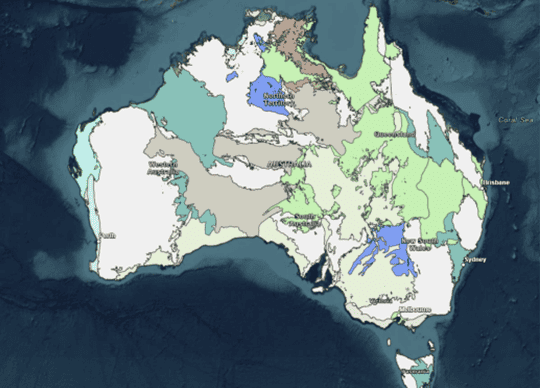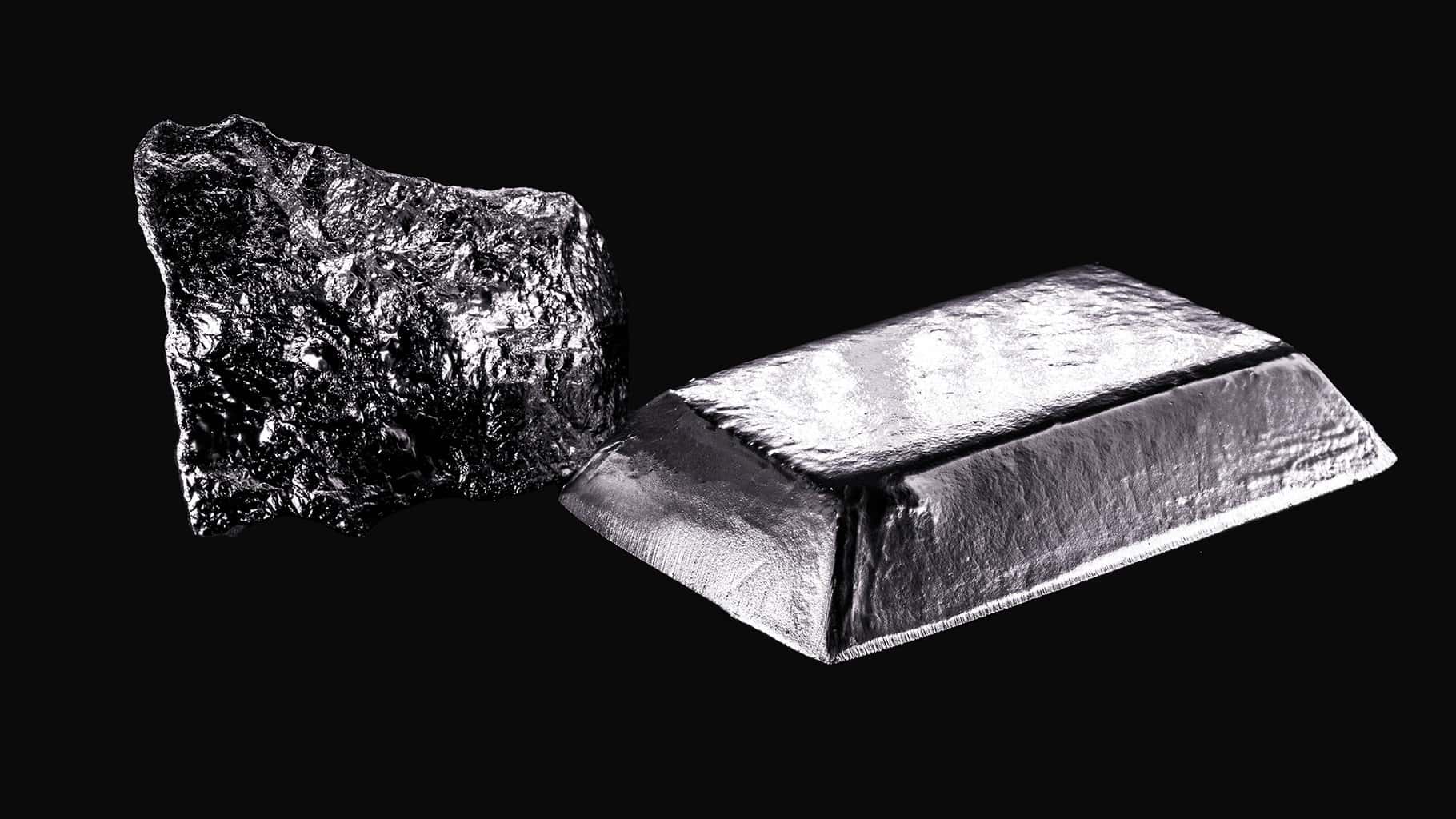The Australian government has launched a pioneering initiative to safeguard Australia’s groundwater resources through the National Hydrogeological Inventory. Developed by Geoscience Australia, this inventory maps Australia’s vital groundwater-bearing basins, providing crucial insights for water security. Minister Madeleine King emphasizes the significance of groundwater, historically a lifeline in many regions. The inventory, a part of the Exploring for the Future Program, aids decision-making and future investments in groundwater management. Minister Tanya Plibersek underscores the government’s commitment to environmental stewardship in the face of climate change impacts. Dr. Steve Lewis highlights the importance of understanding groundwater recharge processes for effective water resource management. Mapping efforts, particularly in the Great Artesian Basin, shed light on Australia’s complex hydrogeological systems. The National Hydrogeological Inventory consolidates valuable data to enhance understanding and management of groundwater resources nationwide.

Securing Australia’s Water Future: National Hydrogeological Inventory Unveiled
Through a first-of-its-kind stock take of the country’s underground water reservoirs, the federal government claims to be working to secure Australia ‘ future water resources.
Australia’s main groundwater-bearing basins and geographical provinces have been mapped by the National Hydrogeological Inventory, which was created by Geoscience Australia.
The inventory provides a snapshot of the neighborhoods, businesses, and settings that depend on groundwater.
Despite Australia’s reliance on groundwater, experts also had a long way to go in terms of knowledge and understanding of these systems, according to Madeleine King, Minister for Resources and Minister of Northern Australia.
Enhancing Water Security Through Groundwater Mapping: Australia’s Initiative
According to Minister King, “groundwater is essential to our country’s water security and has historically been the only reliable source of water in some parts of Australia.”
The Inventory, created as part of Geoscience Australia’s Exploring for the Future Program, will support decision-making and aid in the planning of future groundwater investments.
Tanya Plibersek, the minister for environment and water, described the Inventory as an illustration of how the government is attempting to comprehend and safeguard our environment for future generations.
We need to comprehend the lifecycle of groundwater more than ever because the effects of climate change will have long-lasting effects on surface water, according to Minister Plibersek.
” The new National Hydrogeological Inventory will give people easier access to data on shallow and deep groundwater systems that support local, distant, and industrial water supplies, as well as our priceless plants and animals.”
Environmental Stewardship and Water Security: Australia’s National Hydrogeological Inventory
The occurrence of recharge, the process by which water moves downward through the Earth’s surface to become groundwater, recharging the aquifers within the basin, is one of the most interesting aspects of ground water, according to Dr. Steve Lewis of Geoscience Australia.
According to Dr. Lewis,” Understanding groundwater activate processes is essential for creating a water balance and for the responsible management of water resources.”
In order to comprehend how water enters the ground to recharge the basin aquifers, we have just been mapping surface and near-surface structures to study restore processes in the Great Artesian Basin.
This basin, which spans more than 1.7 million square kilometers in Queensland, New South Wales, South Australia, and the Northern Territory, is the most important hydrogeological system in the nation.
According to Dr. Lewis,” for each hydrogeological region, a range of regular and up-to-date information is compiled, related to understanding the geology, geography, andhydrgeology including groundwater resources and systems.”
These studies will be compiled by the fresh National Hydrogeological Inventory to better understand Australia’s water systems and provide a broader perspective on groundwater resources across the country.
Safeguarding Australia’s Groundwater: Insights from the National Hydrogeological Inventory
A news found on from SmartCityTech. io










